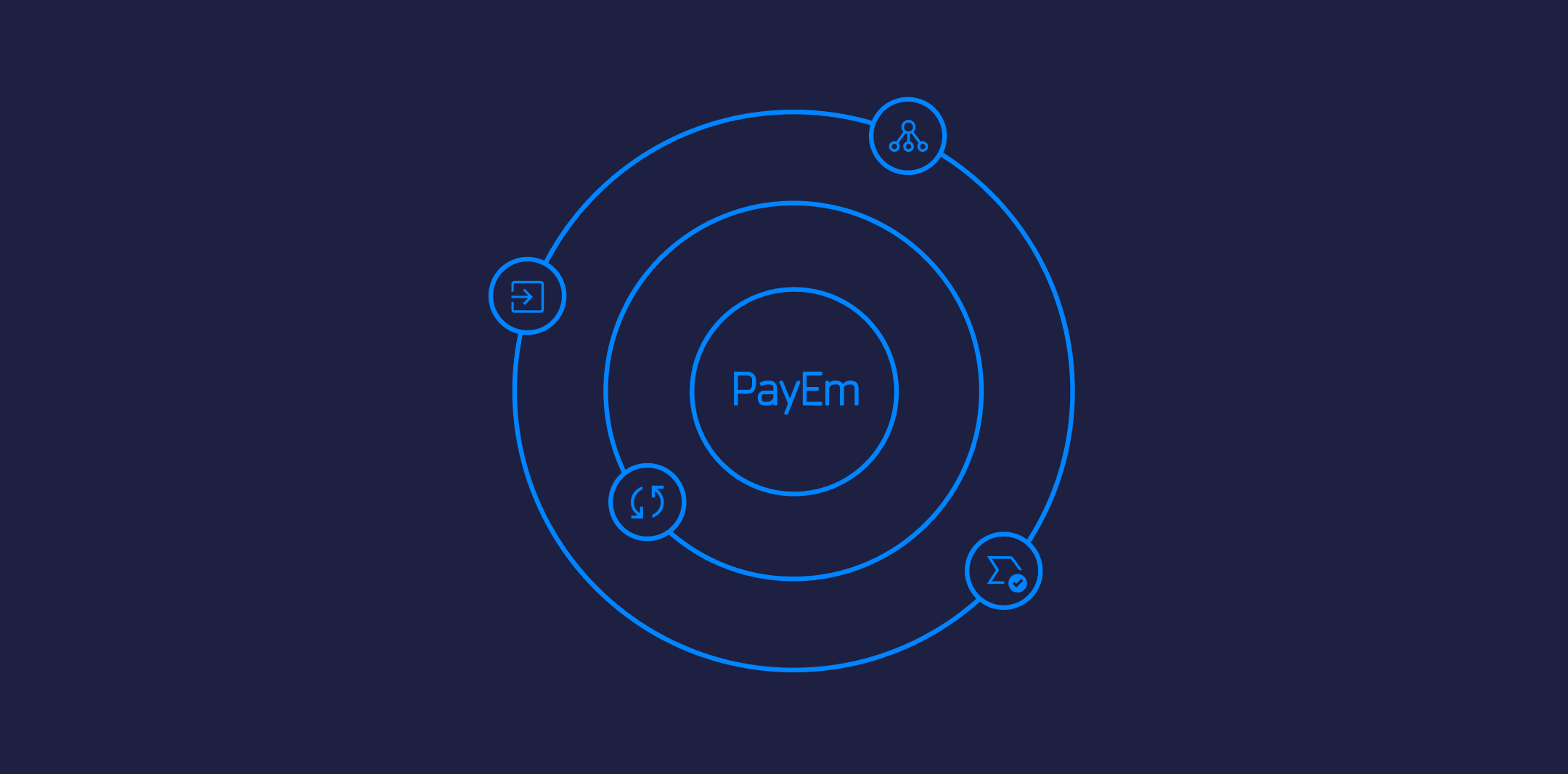June 01, 2023
Revolutionizing Procurement Efficiency: Why ERP Alone Isn’t Enough

Sign up for our newsletter
Stay informed with the latest trends and best practices in finance and procurement.

Now is the time to transform the way your organization does procurement. In today’s economic climate, where saving time and precious resources is paramount, increasing the efficiency of your procurement process is key. While many finance and procurement teams may be tempted to manage procurement from their existing ERP, the harsh realities of high costs, lengthy projects, and insufficient procurement functionality will hinder procurement processes instead of accelerating them.
Modern organizations require technology that increases efficiency, saves costs, improves visibility, and stimulates value and innovation. Mainstream ERP tools do not adequately meet these requirements and present significant deficiencies in actively supporting procurement to deliver maximum value to the business.
While your ERP may be a top-grade enterprise resource planning solution that caters to various business needs, it falls short in serving as an effective procurement tool. In this blog, we will explore the limitations of ERPs in the context of procurement and introduce PayEm as a robust procurement platform that integrates seamlessly with your ERP.
Insufficient Advanced Procurement Features
While the typical ERP offers basic procurement functionalities such as purchase orders, requisitions, and supplier management, it lacks the advanced features essential for efficient procurement such as advanced sourcing capabilities, strategic supplier relationship management, and contract lifecycle management, which are often limited or missing. This can hamper organizations that require sophisticated procurement capabilities to optimize supplier relationships and achieve cost savings.
Ongoing Costs
Even after implementing an ERP system, it is necessary to invest more time and money into adapting to the rapidly changing procurement requirements. Due to its complex configuration, ERPs often require significant expertise, and any change can lead to increased implementation costs, longer timelines, and potential disruptions in procurement operations.
Limited Workflow Customization
While not impossible to customize workflows in the ERP, customization is limited and inflexible. As procurement processes vary widely among organizations, the ability to tailor workflows to specific business requirements is crucial. Unfortunately, ERPs’ rigid workflow customization options make adapting to unique procurement workflows challenging, resulting in inefficiencies and a lack of agility.
Poor User-Experience
Legacy ERP systems were not created with the average employee in mind but instead geared towards finance professionals with deep expertise and training. To implement successful procurement processes within organizations and save time for the finance and procurement teams, giving end-users (the employees) access to the system is crucial. However, this is difficult to navigate within the ERP, negating the collaborative nature of the process and often creating even more work for the finance team.
Introducing PayEm: A Superior Procurement Solution
PayEm is a dedicated procurement tool that addresses the limitations of legacy ERPs and offers robust procurement management capabilities. Here are some key advantages of using PayEm as an alternative:
Advanced Procurement Features
PayEm’s comprehensive suite of advanced features goes beyond traditional Purchase-to-Pay (P2P) solutions. With Request-to-Reconciliation (R2R) functionality, every aspect of the procurement process seamlessly integrates into one platform, connecting procurement and finance efforts, streamlining operations, and promoting collaboration. From initial request to final reconciliation, all procurement activities can be efficiently managed within the PayEm platform, eliminating the need for disjointed systems or fragmented workflows.
Flexible Workflow Customization
PayEm provides extensive flexibility in customizing procurement workflows. Organizations can tailor the workflows according to their unique requirements, ensuring greater process efficiency and optimization. Customized workflows can eliminate unnecessary steps, reduce manual interventions, and ensure that procurement activities align seamlessly with internal policies and practices. This level of customization fosters smoother collaboration between stakeholders, enhances visibility across the procurement lifecycle, and helps drive faster decision-making. As organizations grow and their procurement needs change, it is simple to modify and adjust workflows within the platform without disrupting ongoing operations, ensuring that procurement processes remain agile and responsive to changing business dynamics.
Real-Time View for Decision-Making
PayEm offers advanced reporting and analytics features, providing organizations comprehensive insights into procurement metrics, spend analysis, and supplier performance tracking. One example is BVA analysis, where we automatically calculate the variance between the planned budget and actual spending by inputting the actual expenses incurred based on live ERP sync. This provides valuable insights into financial performance, enabling data-driven decision-making and continuous improvement in procurement processes. Beyond that, PayEm notifies users with alerts when identifying duplicative or suspicious payments, forecasts spending trends, and uncovers opportunities for savings. These insights empower finance and procurement teams to make quick and informed decisions that drive real growth and savings, eliminating the need for laborious data crunching.
Enhanced User Experience
With a strong emphasis on delivering an exceptional user experience throughout the procurement process, PayEm provides customizable intake forms and a superior interface to ensure users a seamless and intuitive journey. By allowing organizations to tailor the intake forms according to their needs, PayEm enables employees to provide accurate and complete information upfront, expediting the approval process. The user-friendly interface enhances usability, guiding users effortlessly through each step of procurement. Additionally, PayEm provides complete visibility into the status of purchase requests and orders, reducing the need for time-consuming communication and fostering transparency.
PayEm excels beyond any ERP with enhanced customization, self-service capabilities, improved employee experience, and integration with popular collaboration platforms. This makes PayEm the superior choice for organizations seeking a robust procurement solution.
With seamless integration with your ERP, PayEm brings many benefits for efficient operations. Setting up PayEm takes 30 minutes, syncing customized segmentation, mappings, and configurations to eliminate manual work and ensure accurate alignment across your business. PayEm fully integrates with your ERP's native amortization feature, simplifying the scheduling of amortizations for bills or line items. You can also leverage the ERP’s customization tools to tailor transactions using custom fields, forms, and segments. PayEm's seamless integration makes procurement processes more efficient and streamlined.
To learn more about streamlining your organization’s procurement process, get in touch with our team of experts today.


